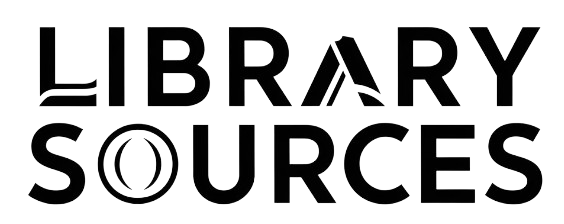[eBook] [PDF] For Exploring Microeconomics 8th Edition By Robert Sexton
1.1 Economics: A Brief Introduction
1.2 Economic Behavior
1.3 Economic Theory and Models
1.4 Pitfalls to Avoid in Scientific Thinking
1.5 Positive Statements and Normative Statements
2.1 Idea 1: People Face Scarcity and Costly Trade-Offs
2.2 Idea 2: People Engage in Rational Decision Making and Marginal Thinking
2.3 Idea 3: People Respond Predictably to Changes in Incentives
2.4 Idea 4: Specialization and Trade Can Make People Better Off
2.5 Idea 5: Markets Can Improve Economic Efficiency
2.6 Idea 6: Appropriate Government Policies Can Improve Market Outcomes
2.7 Idea 7: Government Policies May Help Stabilize the Economy
2.8 Idea 8: Increasing Productivity Leads to Economic Growth
3.1 The Three Economic Questions Every Society Faces
3.2 The Circular Flow Model
3.3 The Production Possibilities Curve
3.4 Economic Growth and the Production Possibilities Curve
4.1 Markets
4.2 Demand
4.3 Shifts in the Demand Curve
4.4 Supply
4.5 Shifts in the Supply Curve
4.6 Market Equilibrium Price and Quantity
5.1 Changes in Market Equilibrium
5.2 Price Controls
6.1 Price Elasticity of Demand
6.3 Other Types of Demand Elasticities
6.4 Price Elasticity of Supply
7.1 Consumer Surplus and Producer Surplus
7.2 The Welfare Effects of Taxes, Subsidies, and Price Controls
8.1 Externalities
8.2 Public Policy and the Environment
8.3 Property Rights and the Environment
8.4 Public Goods
8.5 Asymmetric Information
9.1 Public Finance: Government Spending and Taxation
9.2 Public Choice
10.1 Consumer Behavior
10.2 The Consumer’s Choice
10.3 Behavioral Economics
11.1 Firms and Profts: Total Revenues Minus Total Costs
11.2 Production in the Short Run
11.3 Costs in the Short Run
11.4 The Shape of the Short-Run Cost Curves
11.5 Cost-Curves: Short Run versus Lung Run
12.1 A Perfectly Competitive Market
12.2 An Individual Price Taker’s Demand Curve
12.3 Profit Maximization
12.4 Short-Run Profits and Losses
12.5 Long-Run Equilibrium
12.6 Long-Run Supply
13.1 Monopoly: The Price Maker
13.2 Demand and Marginal Revenue in Monopoly
13.3 The Monopolist’s Equilibrium
13.4 Monopoly and Welfare Loss
13.5 Monopoly Policy
13.6 Price Discrimination and Peak Load Pricing
14.1 Monopolistic Competition
14.2 Price and Output Determination in Monopolistic Competition
14.3 Monopolistic Competition versus Perfect Competition
14.4 Advertising
15.1 Oligopoly
15.2 Collusion and Cartels
15.3 Other Oligopoly Models
15.4 Game Theory and Strategic Behavior
16.1 Input Markets
16.2 Supply and Demand in the Labor Market
16.3 Labor Market Equilibrium
16.4 Labor Unions
16.5 The Markets for Land and Capital
17.1 Income Distribution
17.2 Income Redistribution
17.3 The Economics of Discrimination
17.4 Poverty
17.5 Health Care
18.1 The Growth in World Trade
18.2 Comparative Advantage and Gains from Trade
18.3 Supply and Demand in International Trade
18.4 Tariffs, Import Quotas, and Subsidies
19.1 The Balance of Payments
19.2 Exchange Rates
19.3 Equilibrium Changes in the Foreign Exchange Market






![[eBook] [PDF] For Cardiovascular Physiology Concepts 3rd Edition By Richard Klabunde](https://librarysources.com/wp-content/uploads/2024/07/1-2.jpg)


![[eBook] [PDF] For Essential Computational Fluid Dynamics 2nd Edition By Oleg Zikanov](https://librarysources.com/wp-content/uploads/2024/07/1.webp)


![[eBook] [PDF] For Nurse Practitioner Certification Examination and Practice Preparation 5th Edition](https://librarysources.com/wp-content/uploads/2024/07/1-4.jpg)
Reviews
There are no reviews yet.